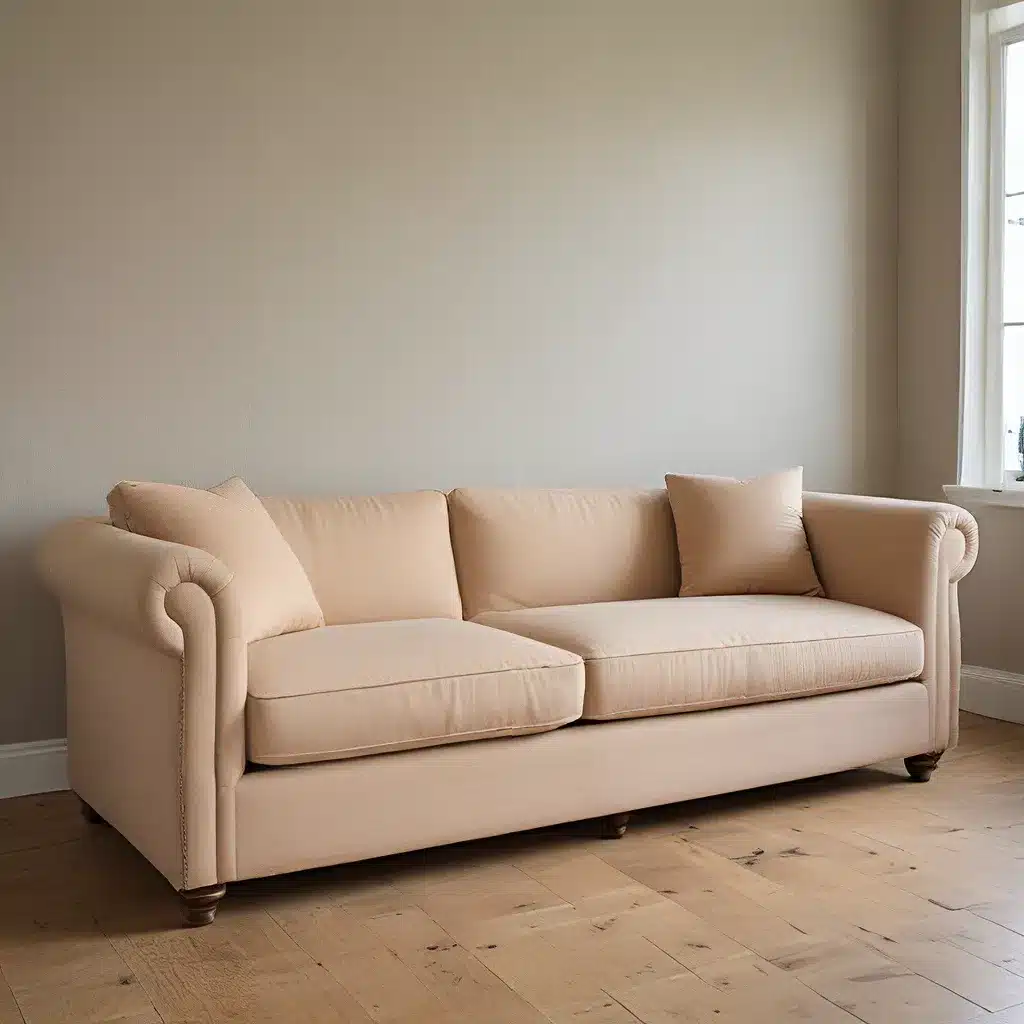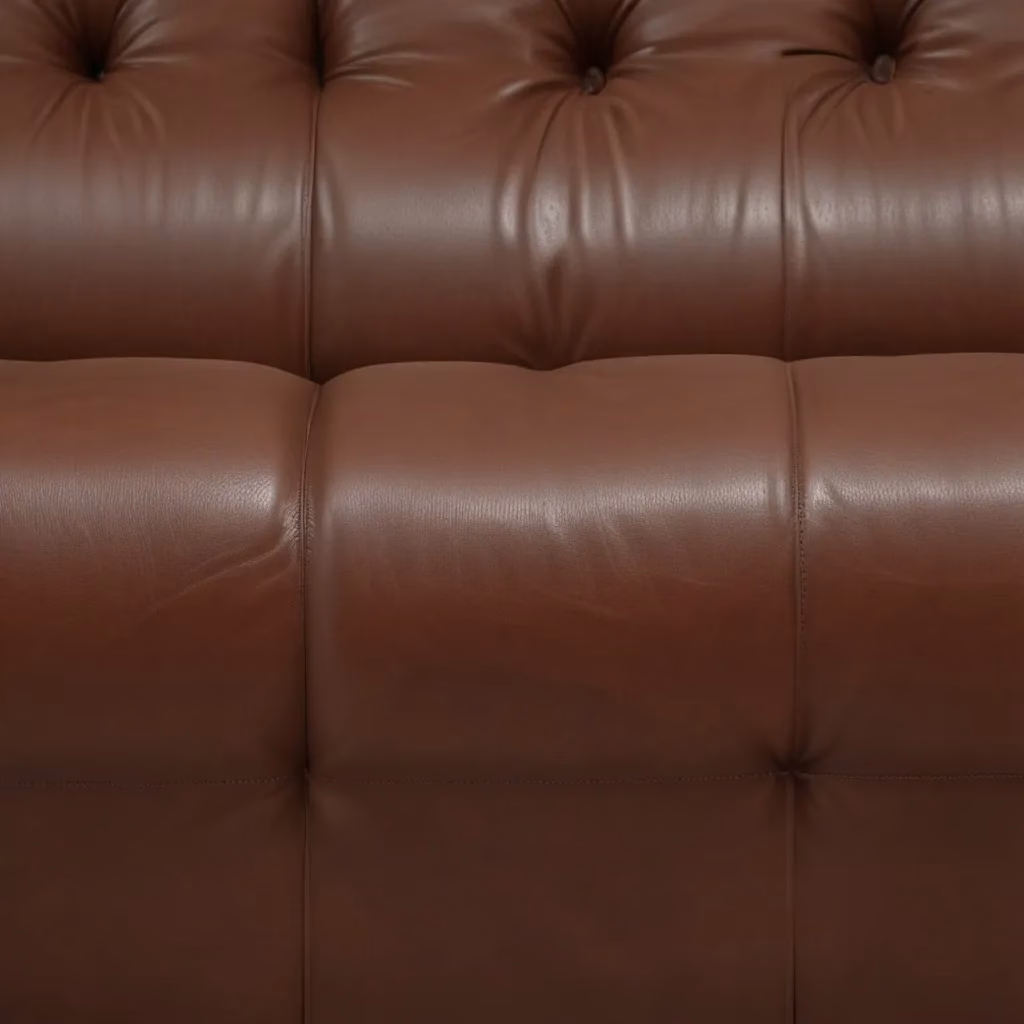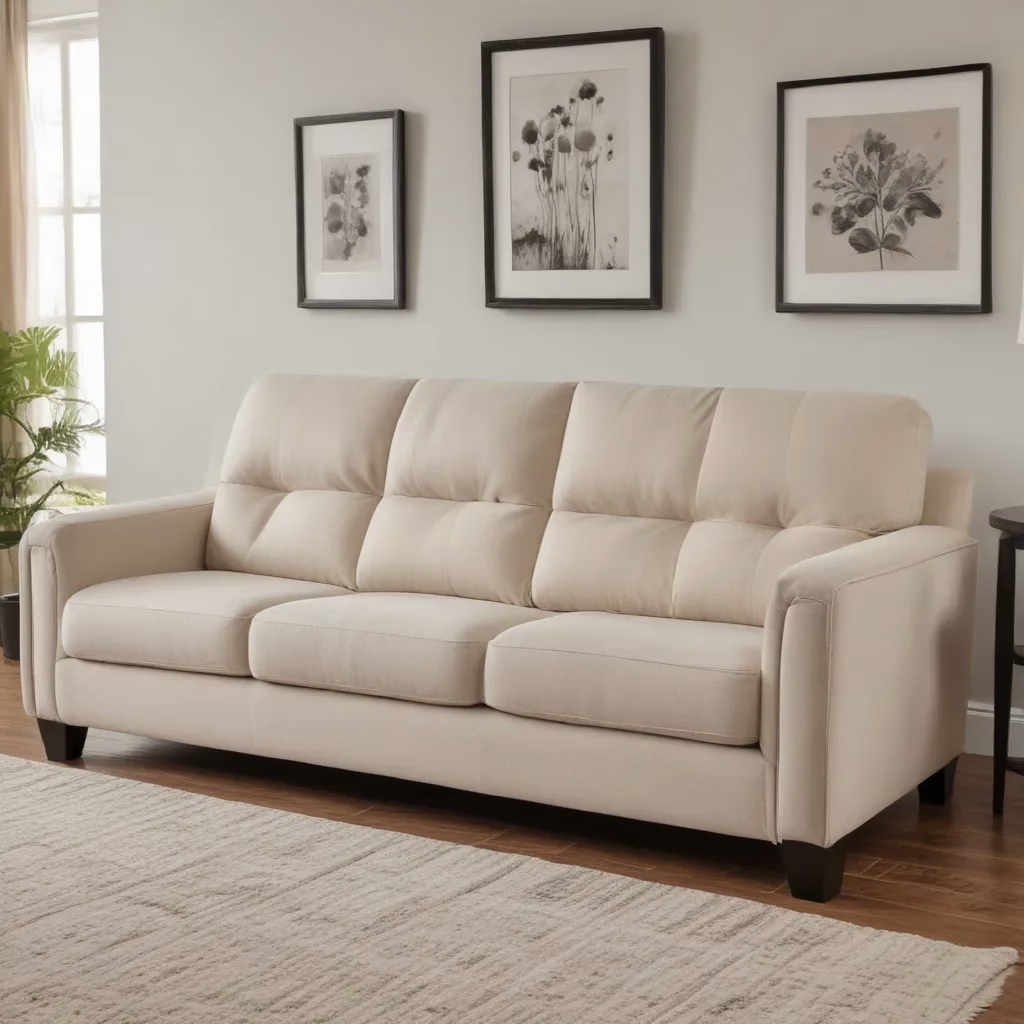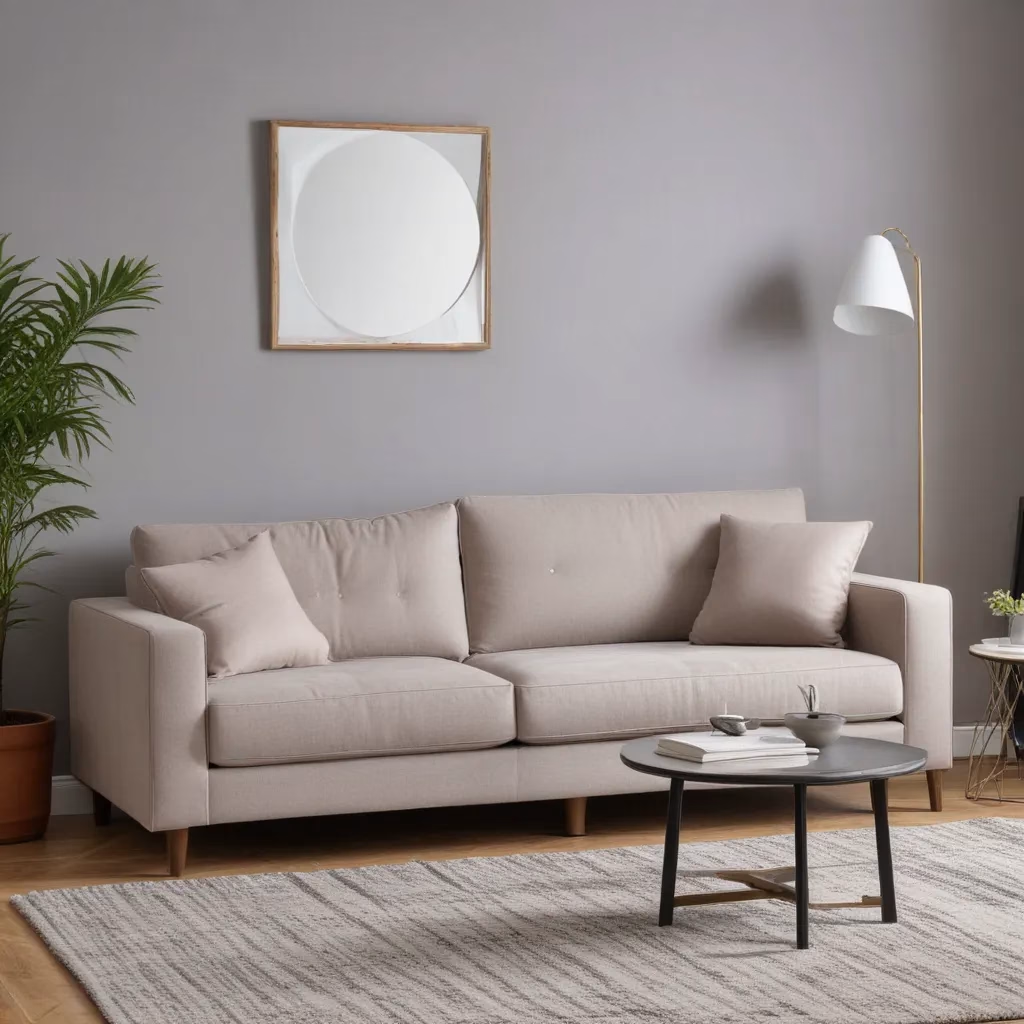
Introduction: The Anatomy of a Sofa
As a sofa enthusiast and self-proclaimed “cushion connoisseur,” I’ve always been fascinated by the hidden intricacies that go into crafting the perfect piece of upholstered furniture. You know, the kind that just sucks you in and wraps you in a cozy embrace, like a hug from your favorite grandparent.
But have you ever stopped to wonder what’s actually going on underneath all those plush layers? What’s the “secret sauce” that gives a sofa its structural integrity and support? I know I sure have. In fact, I’d go so far as to say it’s borderline obsessive.
Well, today is your lucky day, my friends. I’m about to take you on a journey into the mysterious world of sofa construction, peeling back the metaphorical upholstery to reveal the intricate frameworks, clever mechanisms, and ingenious engineering that transform a simple collection of materials into the comfortable, durable, and stylish centerpieces we know and love.
The Skeletal Structure
Let’s start with the foundation – the frame. This is the backbone of the sofa, providing the essential structure that supports everything else. Traditionally, sofa frames have been constructed from solid hardwoods like oak, maple, or beech. These dense, sturdy materials are able to withstand the weight and pressure of regular use without sagging or losing their shape over time.
Modern manufacturing techniques, however, have introduced some innovative alternatives. Many contemporary sofas now feature frames made from engineered wood composites, which can offer comparable strength and stability at a lower cost. Some high-end models even incorporate metal components, like steel or aluminum, for an extra boost of durability.
Regardless of the specific material, the frame’s core purpose remains the same – to serve as the skeletal structure that holds the sofa together and ensures it can withstand the rigors of everyday life. Think of it as the foundation upon which the rest of the sofa is built.
The Suspension System
With the frame in place, the next crucial element is the suspension system. This is what provides the underlying support and cushioning that makes a sofa so invitingly comfortable to sit on.
Traditionally, sofas have utilized intricate networks of springs – either coiled springs or sinuous (“S-shaped”) springs – to create that signature plush, bouncy feel. The springs are strategically positioned and tensioned to distribute weight evenly, preventing painful pressure points or sagging.
More modern sofa designs, however, have started to experiment with alternative suspension systems. Some use high-density foam or specialized webbing materials instead of springs, offering a subtler, more uniform support. Others integrate a combination of springs and foam for a hybrid approach.
Regardless of the specific method, the suspension system is crucial for ensuring a sofa can withstand heavy use without losing its comfort and support. It’s the unsung hero that makes sinking into your favorite spot on the couch feel like sinking into a cloud.
The Filling and Upholstery
With the structural framework and suspension system in place, it’s time to focus on the soft, inviting layers that give a sofa its characteristic plushness and aesthetic appeal – the filling and upholstery.
The filling, which typically consists of high-density foam, polyester fiber, or a combination of both, plays a vital role in shaping the sofa’s overall comfort and support. The density, thickness, and layering of these materials can dramatically impact how the sofa feels to the sitter, from the initial “sink-in” sensation to the long-term resilience.
The upholstery, on the other hand, is what gives the sofa its distinctive look and feel. Traditional upholstery fabrics like cotton, linen, and velvet offer a classic, timeless aesthetic, while more contemporary options like microfiber or synthetic blends can provide a sleeker, more modern appearance.
But the upholstery isn’t just about appearances – it also plays a crucial role in protecting the sofa’s inner workings. The team at Sofas Spectacular emphasizes the importance of using high-quality, durable fabrics that can withstand the rigors of daily use without becoming worn, faded, or damaged.
The Finishing Touches
As if the structural components and cushioning weren’t enough, sofa design also involves a host of smaller, yet equally important, details that contribute to the overall form and function.
Take the legs, for example. These unassuming appendages aren’t just there for aesthetic purposes – they’re crucial for elevating the sofa and allowing air to circulate underneath, preventing moisture buildup and mold. Traditionally, sofa legs have been made from solid wood, but modern designs have incorporated a wider range of materials, including metal, plastic, and even acrylic.
Another key detail is the trim. From decorative tassels and fringe to sleek, contemporary piping, the trim can make a significant impact on a sofa’s visual appeal. It’s a chance for the manufacturer to inject a bit of personality and flair into the design.
And let’s not forget about the mechanisms. Many modern sofas incorporate clever features like reclining backrests, hidden storage compartments, or even built-in cup holders – all of which require intricate engineering and precise fabrication to function seamlessly.
The Art of Craftsmanship
As you can see, there’s a lot more to a sofa than meets the eye. It’s a carefully orchestrated symphony of materials, engineering, and design that transforms a simple collection of components into a comfortable, durable, and aesthetically pleasing piece of furniture.
For the skilled craftspeople who bring these sofas to life, it’s as much an art form as it is a technical discipline. They must possess a deep understanding of materials, a keen eye for detail, and the patience to meticulously assemble each element with precision and care.
It’s no wonder, then, that the process of constructing a high-quality sofa can take weeks, if not months, to complete. Every stitch, every joint, every adjustment is critical, as the final product must not only look beautiful but also withstand the rigors of daily use for years to come.
And that’s the true beauty of a well-crafted sofa – it’s not just a piece of furniture, but a testament to the skill, artistry, and dedication of the people who brought it into existence. So the next time you sink into the plush cushions of your favorite couch, take a moment to appreciate the intricate web of engineering and craftsmanship that makes that moment of relaxation possible.
Conclusion: The Enduring Allure of the Sofa
In the end, a sofa is so much more than just a place to sit. It’s a canvas for creativity, a stage for self-expression, and a sanctuary for comfort and relaxation. And as technology continues to advance and manufacturing techniques evolve, the art of sofa construction will undoubtedly continue to grow and change.
But no matter how the underlying frameworks and mechanisms might evolve, one thing remains constant: the enduring allure of the humble sofa. It’s a piece of furniture that has captivated us for centuries, and I have a feeling it will continue to do so for generations to come.
So, the next time you find yourself sinking into the cushions of your favorite sofa, take a moment to appreciate the hidden wonders that lie beneath the surface. Because in the world of upholstered furniture, the true beauty is often found in the details.



